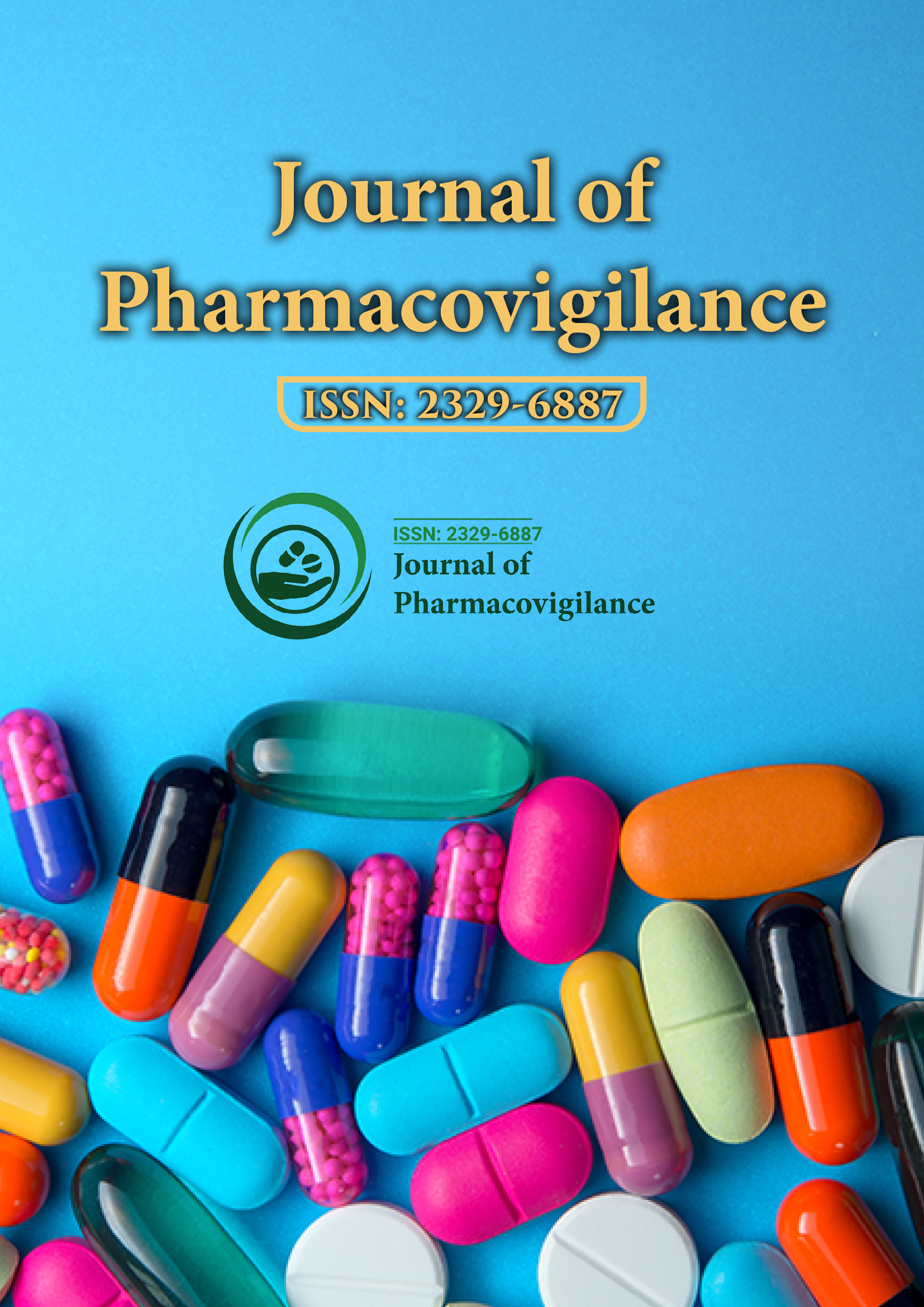Indexed In
- Open J Gate
- JournalTOCs
- The Global Impact Factor (GIF)
- RefSeek
- Hamdard University
- EBSCO A-Z
- OCLC- WorldCat
- Publons
- Euro Pub
- Google Scholar
Useful Links
Share This Page
Journal Flyer

Open Access Journals
- Agri and Aquaculture
- Biochemistry
- Bioinformatics & Systems Biology
- Business & Management
- Chemistry
- Clinical Sciences
- Engineering
- Food & Nutrition
- General Science
- Genetics & Molecular Biology
- Immunology & Microbiology
- Medical Sciences
- Neuroscience & Psychology
- Nursing & Health Care
- Pharmaceutical Sciences
Commentary Article - (2025) Volume 13, Issue 2
Ongoing Drug Safety Evaluation: A Vital Process in Healthcare
Grace Mitchell*Received: 26-May-2025, Manuscript No. JP-25-29716; Editor assigned: 28-May-2025, Pre QC No. JP-25-29716; Reviewed: 11-Jun-2025, QC No. JP-25-29716; Revised: 18-Jun-2025, Manuscript No. JP-25-29716; Published: 25-Jun-2025, DOI: 10.35248/2329-6887.25.13.518
Description
The process of continuously evaluating the safety of medications after they have been approved for use is fundamental to ensuring that patients receive effective and safe treatments. While preapproval clinical trials are designed to assess a drug’s safety and efficacy, these studies are limited by factors such as sample size, duration, and controlled environments. Once a medication enters real-world use, new risks or side effects may emerge, necessitating ongoing observation.
This continuous evaluation depends on the collection of reports concerning any adverse effects experienced by patients. Healthcare professionals, patients, and pharmaceutical companies all contribute valuable information to monitoring systems. The data is carefully reviewed to identify any patterns or signals that might indicate potential safety issues. Timely identification allows for interventions that can prevent further harm, including updating guidelines or regulatory actions.
The effectiveness of this monitoring depends largely on the quality and quantity of reports received. Educating healthcare professionals about the importance of documenting adverse reactions encourages more comprehensive reporting. Patients also benefit from awareness campaigns that empower them to report side effects directly or through their healthcare providers. The availability of digital tools and online portals has further simplified the reporting process, making it more accessible to all involved parties.
Encouraging the submission of accurate and detailed reports is crucial. Healthcare providers need to be informed and motivated to document adverse events. Similarly, educating patients about recognizing and reporting side effects helps improve data collection. Technological tools, such as electronic reporting platforms and mobile apps, have made it easier for stakeholders to participate in safety monitoring.
Advancements in data analysis techniques enable the processing of large volumes of information, helping experts detect emerging risks more efficiently. Linking safety data with other healthcare information, like electronic health records, enhances the understanding of drug effects in various populations. International collaboration further supports the sharing of critical safety information, improving global responses to medication risks. Ethically, ongoing drug safety evaluation reflects a commitment to protecting patients and promoting public health. By maintaining vigilance throughout a medication’s lifecycle, healthcare systems can respond swiftly to emerging concerns, ensuring treatments remain safe and effective.
Challenges such as underreporting and difficulties in establishing causality continue to require attention. Efforts to standardize reporting, provide training, and engage stakeholders are ongoing to strengthen the system. Transparency and communication with the public are essential to maintain trust and encourage participation. Healthcare practitioners, patients, and pharmaceutical companies all contribute to this database by submitting information through established reporting channels. The data collected serves as a foundation for identifying trends or unusual occurrences that might necessitate further investigation.
Conclusion
Continuous evaluation of medication safety after approval is a necessary practice in modern healthcare. Through collaboration, innovation, and education, this process supports better patient outcomes and reinforces confidence in therapeutic interventions. The ethical commitment to patient safety underpins all drug safety assessment activities. Maintaining vigilance helps prevent harm, supports informed clinical decision-making, and sustains public trust in medical treatments. Open communication regarding risks and benefits ensures that patients and healthcare providers can make choices based on comprehensive and current information.
Citation: Mitchell G (2025). Ongoing Drug Safety Evaluation: A Vital Process in Healthcare. J Pharmacovigil. 13: 518
Copyright: © 2025 Mitchell G. This is an open-access article distributed under the terms of the Creative Commons Attribution License, which permits unrestricted use, distribution and reproduction in any medium, provided the original author and source are credited.

